Combine smokable plants with cannabis and make tobacco blends yourself
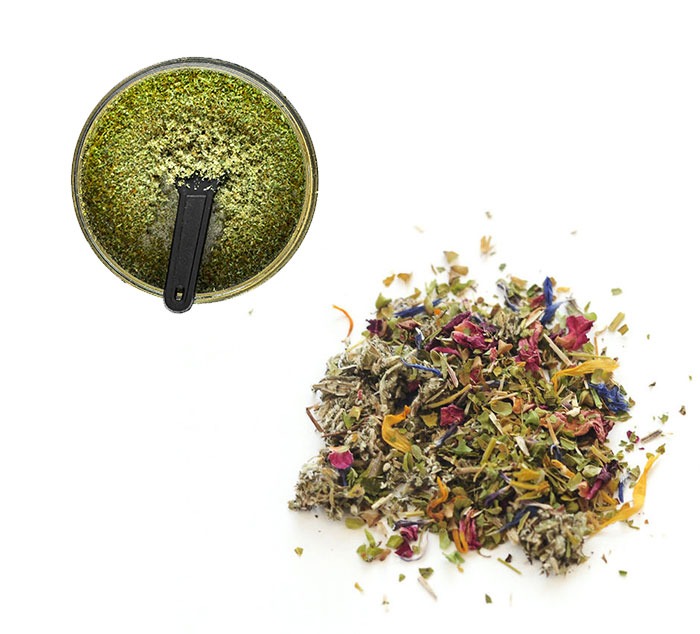
Smokable plants for combination with cannabis
There are some plants that are suitable for smoking and vaporizing. Below we will introduce you to some of these plants. They are not hallocinogenic, are considered absolutely safe, are legal and are not addictive.
Some herbs produce a soft and aromatic smoke. Many simultaneously produce a gentle relaxation or provide other therapeutic benefits. These herbs and plants can be smoked or vaporized either alone or very well together with cannabis.
Those who wish can grow and dry these herbs themselves. There are numerous plants that can be smoked, we will mainly introduce you to the most commonly used ones that can be easily grown at home. You can make your own herbal mixture as a tobacco substitute in this way.
Crushed and dried mullein, is known as the basis of many herbal mixtures.
Mullein (Verbascum thapsus)
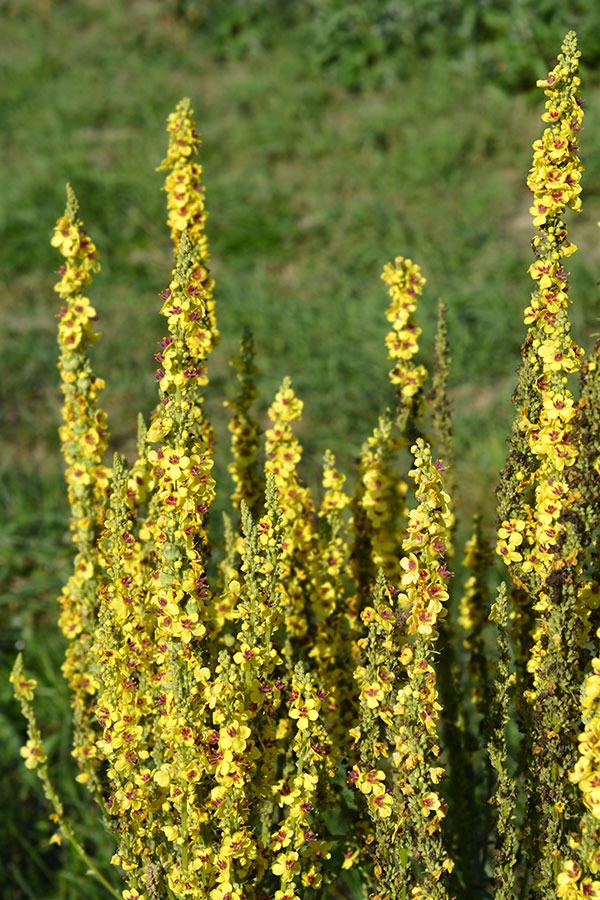
- Properties: Mullein has a long tradition as a tonic for the lungs. It can help relieve cough.
- Smoke: The smoke is extremely light, mild and almost tasteless.
- Plant: Mullein is a biennial plant that grows up to half a meter and gets long flower stalks. The plants can be easily grown from seed in the garden or bought already dried in the herb land or online. The plants prefer a sunny location and well-drained soil.
Mullein makes an excellent base for smoke blends. It goes well with both sativas, which have a stimulating effect, and indicas, with their relaxing effects.
Baikal helmetwort (Scutellaria baicalensis)
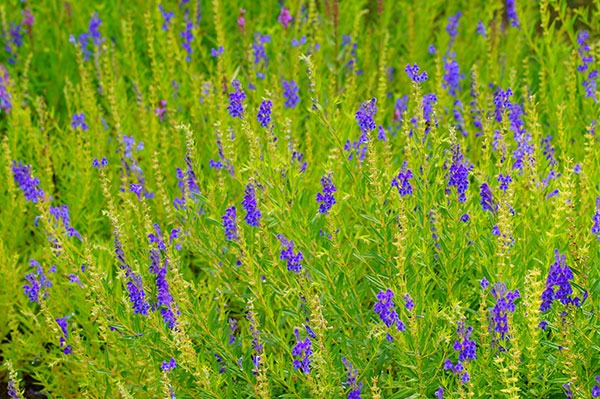
This hellebore has a very long history as a medicinal plant in traditional Chinese medicine. Here, the medicinal plant is known as Huang Qin. It is one of the 50 most important herbs in Chinese medicine.
Science was able to certify the plant the active ingredient wogonin, which is supposed to be a trigger for the suicide function in cancer cells. Researchers at the University of Vienna were able to confirm this in 2011. Furthermore, the medicinal plant is considered anti-inflammatory and helpful against infections. It is used for circulatory problems and high blood pressure.
Side-flowered helmetwort (Scutellaria lateriflora L.)
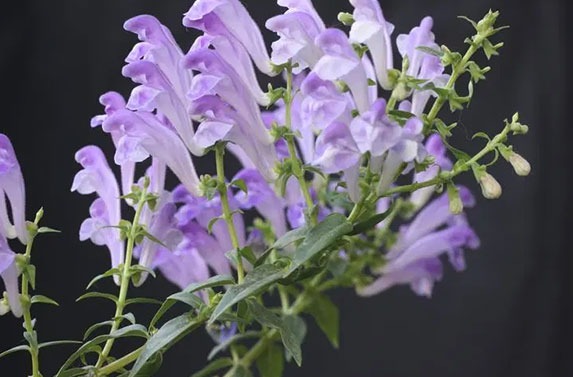
Side-flowered helmet herb is considered "relax herb" because of its calming effect. It is popularly used before bedtime and for relaxation in the evening. It is also said to have an anxiety-regulating effect. In the past, this medicinal plant was used as a nerve tonic and sedative for epilepsy, neuralgia and insomnia.
Coltsfoot (Tussilago farfara)
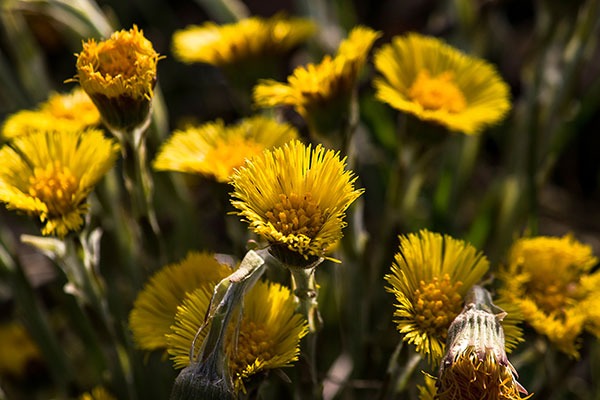
Properties: Coltsfoot has an expectorant effect.
Smoke: The smoke is light and fairly neutral. In their own incense blends, the proportion should not be too high to avoid a violent cough.
The plants grow up to 30 cm high and grow like ground cover. They form a root system that reaches further.
Coltsfoot seeds germinate only when they are fresh. The plants prefer moist soil and a sunny location.
Mugwort (Artemesia vulgaris)
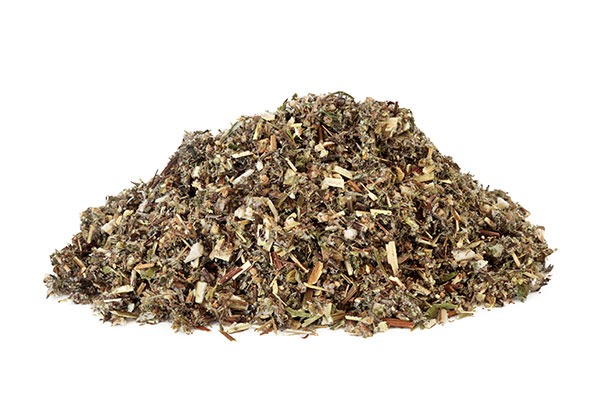
Properties: In many ancient cultures, mugwort was a common medicinal plant. The plant was smoked to promote vivid dreams and it has a mild psychotropic effect.
Smoke: The smoke of mugwort is mild and has a pleasant slightly sweet taste.
Mugwort is a perennial plant that grows up to 60 cm high. Growing from seed is difficult; it is easier to work with potted plants and make cuttings yourself. The plants require little care and can even become invasive in moist locations.
Mugwort does not have the distinct sedative and relaxing effect of cannabis, but it is excellent as a tobacco substitute in joints or in the bong. The sage-like flavor goes very well with cannabis strains with a lot of linalool (lavender terpene).
Indian tobacco (Lobelia inflata)
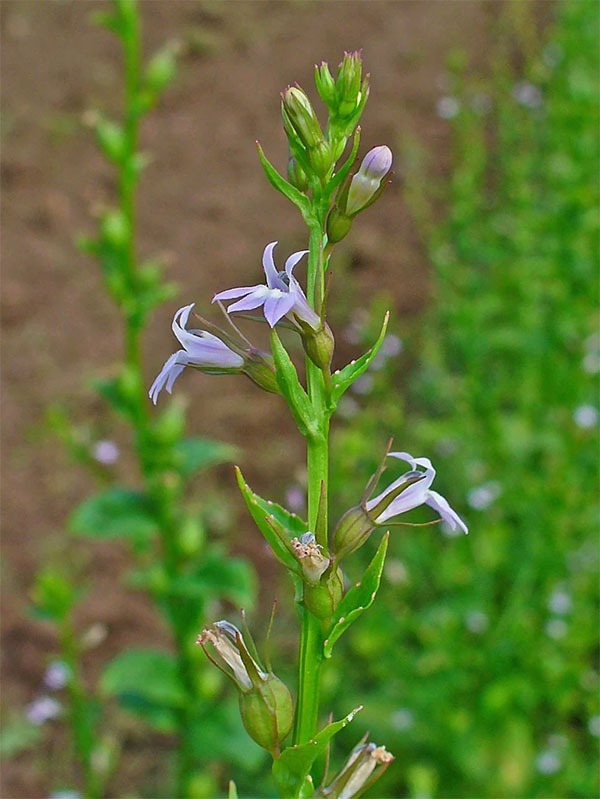
Indian tobacco comes from North America, is botanically not related to tobacco and is often used as a tobacco substitute. The effect is quite strong and intensely psychoactive. Indian tobacco is an important component of many incense blends and was also used by shamanic tribes.
Properties: the effect is stimulating and at the same time relaxing, peaceful and meditative and muscle relaxing. When consumed together with other medicinal plants or cannabis can produce strong synergistic and positive effects.
Smoke: The dried parts of the plant can be consumed in a joint, vaporizer or bong. The plant should be avoided by people prone to migraines because it can trigger headaches.
Mint (Mentha spp.)
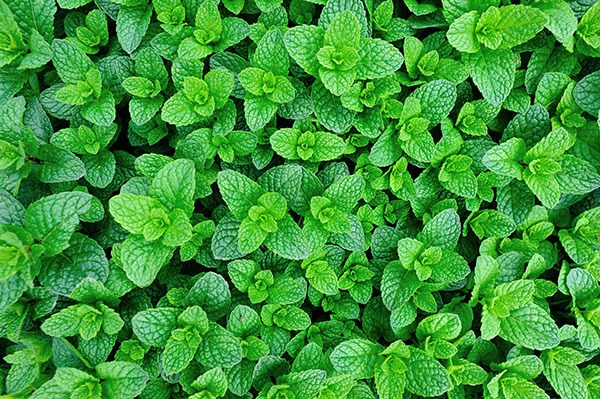
Properties: Mint is often used to give flavor to incense blends. There are many different types of mint e.g. peppermint and chocolate mint.
Smoke: The smoke and aroma can vary from mint variety to mint variety.
The plants are particularly easy to care for in pots and want a lot of light.
Peppermint can spread strongly in the garden with sufficient moisture.
Catnip (Nepeta Cataria)
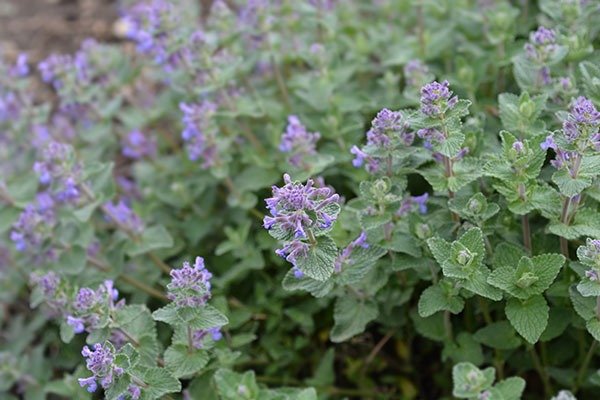
Catnip has been used in the past for teas and infusions to treat muscle spasms, headaches, fevers and convulsions. As a smokable herb, catnip was smoked primarily to treat asthma and bronchitis. Dried catnip is a popular tobacco substitute.
Properties: Smoking catnip induces a mild euphoria and is helpful for muscle cramps. Catnip enhances the effects of cannabis and is therefore excellent for herbal blends. Catnip is also valued for its therapeutic properties, soothing stomach pain, nausea and digestive problems.
Grove sage, tumbleweed (Salvia nemorosa)
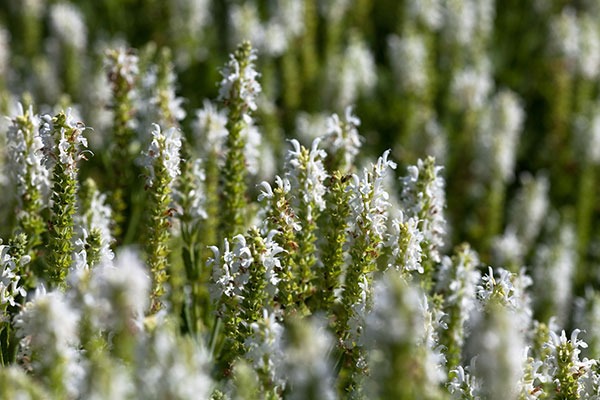
The flowers, leaves and roots of the steppe sage are said to have analgesic, sedative and sleep-inducing effects. At the same time, it has dream-intensifying effects, which is why it is also called a dream herb. In some people, steppe sage causes an intoxicating and cannabis-like effect.
There are many subspecies of steppe sage. Some have a significant effect, others have little or no effect. The plants were bred as garden and ornamental plants, so little emphasis on psychoactivity.
Smoke: The dried plant parts can be smoked or vaporized in the joint and bong.
Passion flower (Passiflora Incarnata)
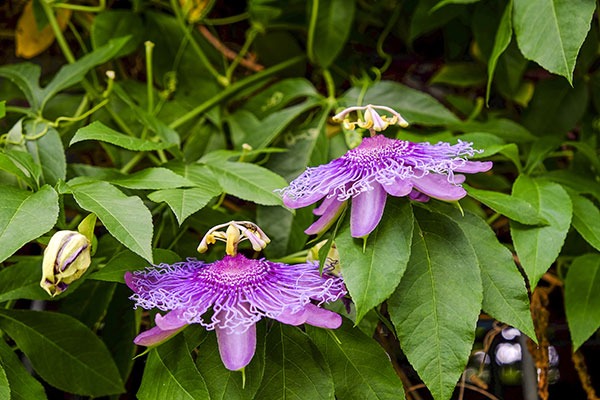
The herb was mixed into tea by the Inca Indians and used to enhance hallucinogenic substances. In large doses, it acts as an inhibitor of the MAO enzyme.
Properties: When passionflower is smoked in a pipe, it produces a short-lived euphoria. It also provides a peaceful sleep and helps with tobacco withdrawal.
Cultivation: Passiflora incarnata is hardy and grows very well with good care and the appropriate location. It quickly forms itself numerous cuttings and spreads over time in the garden. Its beautiful flowers decorate the garden. You can also grow it in a pot indoors. Here it needs enough light to develop well.
Passionflower enhances and complements the cannabis high excellently. In addition, Passionflower has a mild and clove-like aroma that goes perfectly with spicy cannabis strains (e.g. Hashplant).
Blue Lotus (Nymphaea Caerulea)
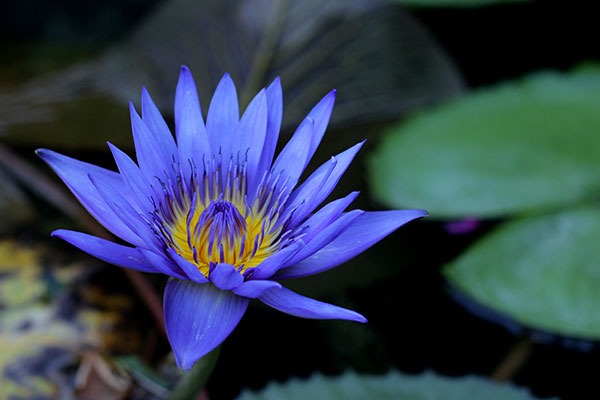
The dried flowers of the Blue Lotus are consumed as tea or smoked. The plant was used for thousands of years by indigenous people for religious ceremonies to reach a higher level of consciousness.
Properties: Blue Lotus produces a feeling of soothing euphoria and is popular as an aphrodisiac and sedative.
Smoke: Blue lotus can be smoked. Used in an herbal blend, it produces a calming and peaceful feeling with a tingling body sensation. When combined with cannabis, it creates interesting effects.
Raspberry leaves
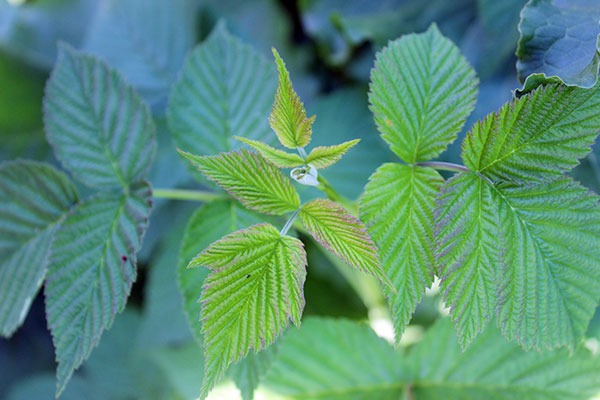
In the past, there were herbal cigarettes introduced by Indians, which were made with raspberry leaves. These were also used in religious rituals and special occasions.
Raspberry leaves do not contain nicotine and are an excellent alternative for tobacco. They contain numerous medicinal compounds such as tannins, flavonoids and vitamin A/C.
Properties: Raspberry leaves have a neutralizing effect, lower blood sugar levels, have a calming effect and relax muscles.
Raspberry leaves should not be used by people taking antidepressants or tranquilizers.
Other smokable plants and medicinal herbs include:
- Chamomile
- Green tea
- Damiana
- Kanna (may enhance the effects of cannabis, mood enhancer).
Make your own herbal mixture as a tobacco substitute
When making your own incense blend, it all comes down to personal preference and taste. Experiment with different ingredients to find out what suits you best.
Harvest fresh young leaves (or flowers) in the morning and then dry them slowly indoors. When the plant parts are dried they are crushed by hand and crushed until they reach a uniform consistency.
Generally, mullein is a good base for a tobacco blend because the smoke is so mild and light. The proportion should be about 50%. Then add other medicinal plants such as coltsfoot and mugwort. The proportion should be about 40%. The remaining 10% of the miscunge consists of herbs that give flavor to the mixture e.g. mint or sage.
In case of doubt about tolerance or risks, ask your doctor.





